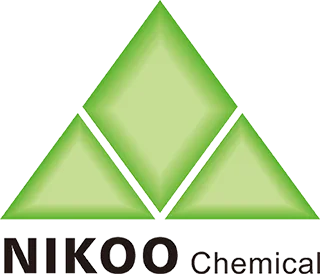Beyond the Basics - Wick Composition, Sustainability, and Health Considerations
As candle consciousness deepens, wick selection expands beyond pure performance to encompass material composition, sustainability implications, and potential health impacts. Making informed choices requires understanding these nuanced factors.
- Wick Composition - Natural Fibers vs. Cores:
- Natural Fibers: Cotton and wood are renewable resources. High-quality, unbleached cotton wicks are generally preferred for clean burning. Wood wicks offer a unique experience but require sustainable forestry practices (look for FSC certification).
- Cored Wicks - The Metal Question:
- Cotton-Cored/Paper-Cored: Offer rigidity with fully natural materials. The preferred choice for many seeking to avoid metals.
- Zinc-Core/Tin-Core: Provide maximum rigidity. While zinc and tin are considered relatively stable metals compared to banned lead, concerns linger about potential trace metal oxide emissions (like zinc oxide nanoparticles) during burning, especially with poor ventilation or oversized wicks. Research is ongoing, but many conscious consumers and makers opt to avoid metal cores where possible.
- Chemical Treatments: Some wicks are treated with borax or salts to improve rigidity and burn. Reputable suppliers disclose treatments. Look for wicks marketed as "plain braid" or "untreated" if concerned.
- Sustainability & Ethics:
- Renewable Materials: Prioritize wicks made from natural, renewable fibers (cotton, wood).
- Organic & Fair Trade: Organic cotton wicks minimize pesticide use. Fair trade certification ensures ethical labor practices in cotton production.
- Sustainably Sourced Wood: Wood wicks must come from responsibly managed forests (FSC certification is key).
- Reduced Processing: Unbleached or naturally whitened cotton wicks have a lower environmental footprint than heavily bleached versions.
- Local Sourcing: Choosing wicks from suppliers closer to manufacturing reduces transportation emissions.
- Health & Indoor Air Quality:
- Soot Production: The biggest health concern. Proper wick sizing and trimming is the single most effective way to minimize soot. Oversized wicks or undertrimmed wicks (especially mushroomed ones) produce significantly more soot (fine particulate matter PM2.5), which can irritate lungs and worsen respiratory conditions.
- Metal Emissions: As mentioned, potential trace emissions from metal-core wicks are a concern for some, leading to preference for all-natural core alternatives. Adequate ventilation always helps.
- "Clean" Wick Claims: Look for specifics: "Lead-free" (mandatory), "Zinc-free/Tin-free," "100% Cotton," "Unbleached," "Untreated." Be wary of vague "non-toxic" labels without substantiation.
- Ventilation: Regardless of wick type, always burn candles in a well-ventilated room. Never burn for excessively long periods (max 3-4 hours).
Why this matters: Choosing wicks involves ethical and health dimensions alongside performance. Opting for natural fibers (like untreated cotton or FSC wood), avoiding unnecessary metal cores where performance allows, ensuring rigorous sizing/trimming to minimize soot, and prioritizing transparency aligns with a holistic approach to conscious candle making and enjoyment. It contributes to better indoor air quality and supports sustainable practices within the industry.

Phone: +86 20 36028881
Fax: +86 20 36550567
Email:rebecca@nikoochem.com
WhatsApp: +86 13822397763
Add: No 1718, Airport Rd., Yuncheng St., Baiyun Dist., Guangzhou City, Guangdong, China 510000
